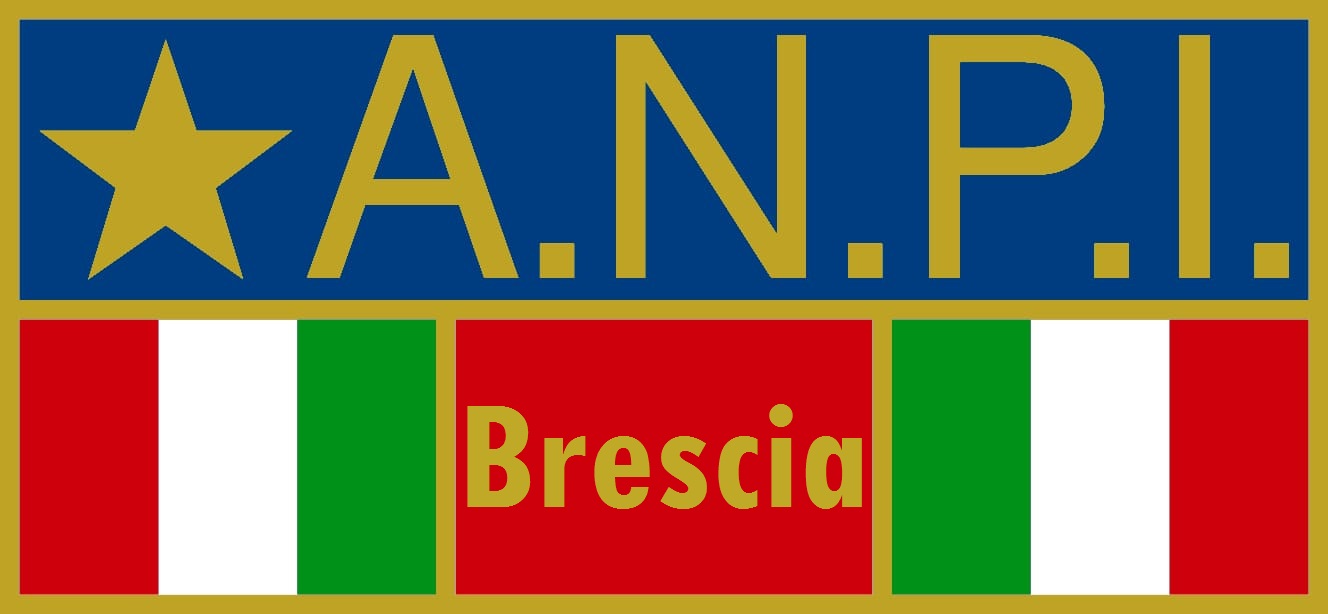Il partigiano Gino Donè Paro è tornato a Cuba, per riposare con gli ex compagni di lotta Fidel Castro ed Ernesto Che Guevara.
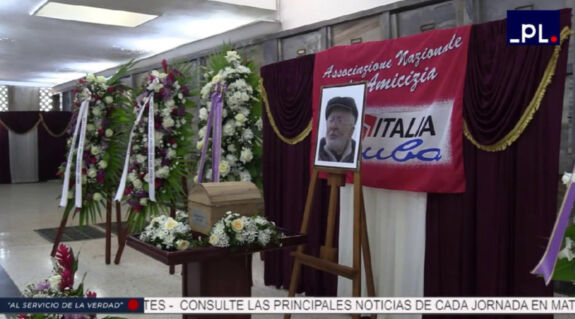
(Scroll down for English version)
Grazie all’Associazione Nazionale di Amicizia Italia-Cuba e alla sua famiglia, le ultime volontà del partigiano veneto sono compiute: “El italiano” riposerà nel Panteón de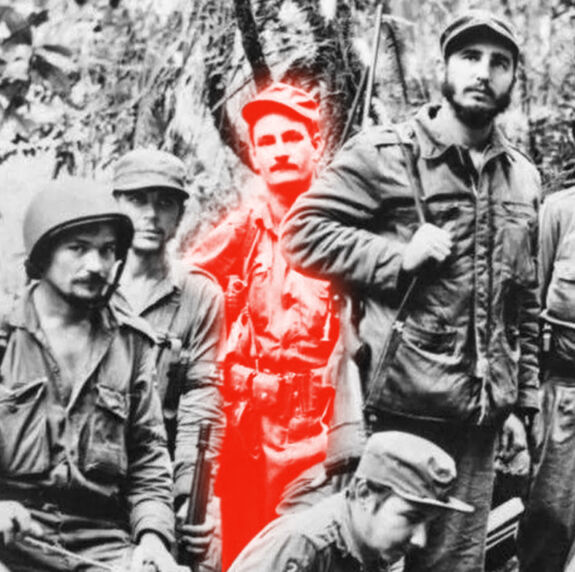 los Veteranos de la Necrópolis de Colón, a L’Avana.
los Veteranos de la Necrópolis de Colón, a L’Avana.
 los Veteranos de la Necrópolis de Colón, a L’Avana.
los Veteranos de la Necrópolis de Colón, a L’Avana.Il 25 novembre 1956, Gino Donè salpò con più di 80 membri del “Movimento 26 luglio” da Tuxpan (Messico) sul Granma. Dopo una difficile traversata durata 6 giorni il battello approdò a Cuba e qui iniziò la ribellione contro il regime di Batista. Gino era l’unico europeo della spedizione. Era sbarcato a Cuba nel 1951 dove, nel registrarsi all’anagrafe locale, aveva aggiunto al nome il cognome materno, Paro.
A lui si rivolse Fidel Castro per addestrare i suoi nelle tecniche di guerriglia.
Per conoscere la sua incredibile biografia, si veda ad esempio questa pagina sul sito dell’Associazione Italia-Cuba.
Gino Donè Paro – The only European revolutionary to sail on the Granma
The ashes of Italian partisan Gino Donè Paro, the only European revolutionary to sail on the Granma in the 1956 expedition, were deposited in the Pantheon of Veterans of Havana’s Colon Cemetery.
Gino Donè was born into a very poor family on May 18, 1924 in San Biagio di Callalta, near Treviso, Italy. He completed his studies and in 1942, as he turned 18, he received the call to arms in Mussolini’s armed 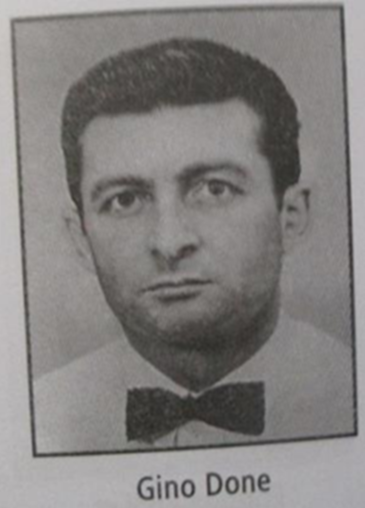 forces. However, after the armistice with the Allies was accounced, on the 8th September 1943, he decided without hesitation to side with the Resistance.
forces. However, after the armistice with the Allies was accounced, on the 8th September 1943, he decided without hesitation to side with the Resistance.
 forces. However, after the armistice with the Allies was accounced, on the 8th September 1943, he decided without hesitation to side with the Resistance.
forces. However, after the armistice with the Allies was accounced, on the 8th September 1943, he decided without hesitation to side with the Resistance.As a partisan, Gino fought in the “Nelson Mission,” operating until April 1945 in the Venetian lagoon. After the war, he received an official recognition for his exploits as a partisan (he managed to save two British soldiers on the run from the Nazis), by General Harold Alexander, Commander of the Allied Forces in the Mediterranean Theatre, and in 1947 he was among the founders of the local branch of Italy’s Partisans Association (Associazione Nazionale Partigiani d’Italia – ANPI) in Venice.
Despite his heroic deeds in the war, Gino couldn’t escape unemployment, so he decided to leave his Country and, after working in France, Belgium and Germany, in 1951 he boarded a ship bound for Cuba. In Cuba he added his mother’s surname to his documents (as it’s customary in Hispanic countries), and became Gino Donè Paro.
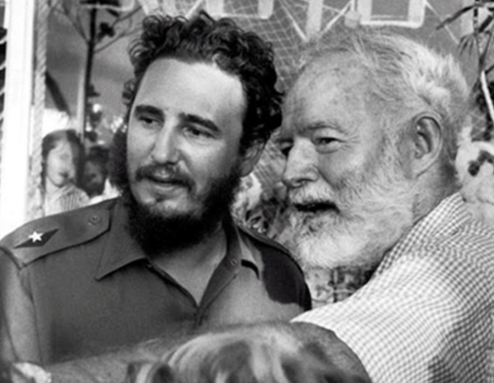
In Havana he worked as a carpenter as Fulgencio Batista began his rise to power; Gino spent his days working and engaging in conversations with people on the university steps to improve his Spanish. In the Capital, he had the chance to meet and spend a lot of time with Ernest Hemingway, who spoke Italian with the same Venetian accent as Gino, having lived and fought in Veneto in World War One (his masterpiece, “Farewell to arms”, partly inspired by his war experience, is set in Italy.)
In 1952 Gino moved to Trinidad, where his company needed his services. There, he met and married Norma Turino Guerra, who was friends with Aleida March de la Torre, linked to Fidel Castro’s entourage and future second wife of Ernesto “Che” Guevara. In a letter to Fidel, Aleida mentioned Norma’s marriage to a former “Italian Guerrillero” who fought the Fascists in the Second World War. After the failed assault on the Moncada Barracks and the birth in exile of the “July 26 Movement,” Fidel was aware that his rebels were not ready to take on regular troops. He needed somebody with combat experience, capable of training his soldiers in real combat, who would keep calm under a shower of bullets, in the mountains and forests of the Cuban Sierra.
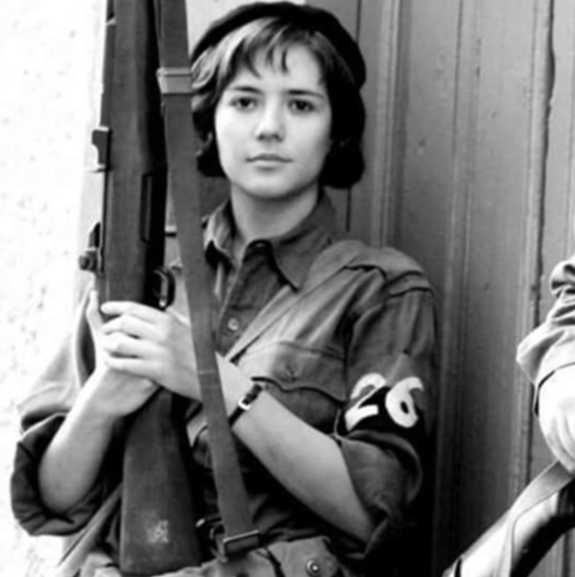 Thanks to Aleida’s letter, Castro knew that Gino, “El Italiano”, was the person he was looking for.
Thanks to Aleida’s letter, Castro knew that Gino, “El Italiano”, was the person he was looking for.Faustino Perez, leader of the “July 26 Movement,” met Gino and explained to him that Castro himself had requested his help, giving him a large sum of money to take to Mexico to support the Revolution. Between 1955 and the following year Gino used his Italian passport to travel between Cuba and Mexico withouth raising suspicions: it was during these trips that he became the military instructor of the Movement, preparing many fighters for the Revolution and befriended an Argentinian physician,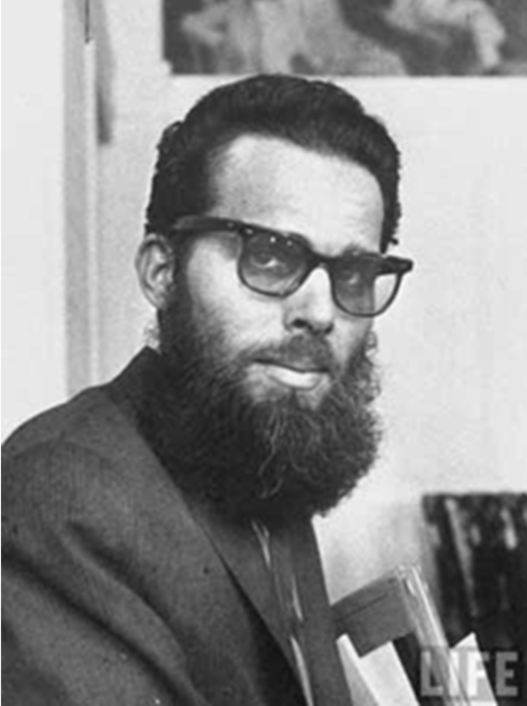 Ernesto “Che” Guevara, whom he described as follows:
Ernesto “Che” Guevara, whom he described as follows:
 Ernesto “Che” Guevara, whom he described as follows:
Ernesto “Che” Guevara, whom he described as follows:Everyone called him “Che”. To me he was only Ernesto […] He was “mi hermano,” my brother. It was I who taught him how to shoot properly, and, above all, the techniques of guerrilla warfare…
With the money smuggled by Gino, Fidel and his brother Raul bought a yacht, the Granma, which they intended to use to secretly land in Cuba and set the revolutionary fire blazing.
On November 25, 1956, the boat sailed from the Mexican port of Tuxpan and Gino was among the guerrillas who took part in the expedition.
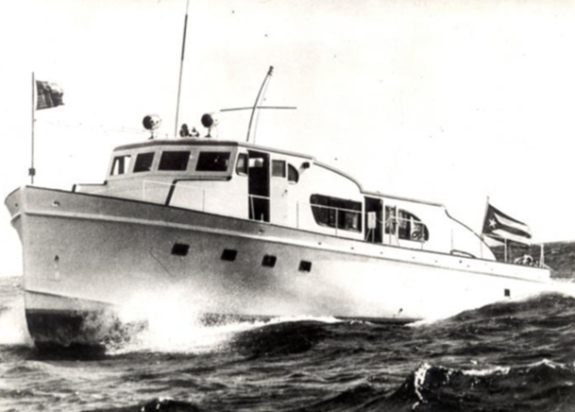 This is how he later remembered that incredible journey full of unexpected events:
This is how he later remembered that incredible journey full of unexpected events:After two or three days the food was over. We were hungry and thirsty, and we were crammed like sardines in that yacht, that had 8 seats in all. You could fit 20 in it, but we were 82! I was one of four foreigners, the only Italian, indeed the only European. In the end, we even ran out of fuel […] A trip that was supposed to last 3 days… lasted 7…
After endless adventures, the Granma reached the Cuban coasts near the Playas de las Coloradas (now called “Granma”.)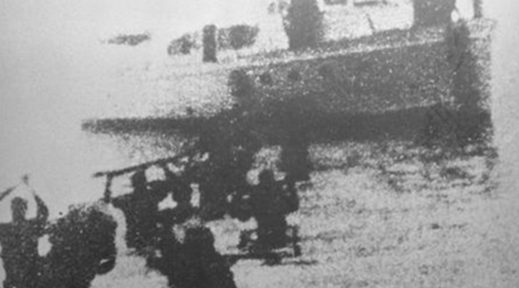

Gino recalled the difficulties of landing among the mangroves, under an aerial attack by Batista’s loyalists:
4 hours to overcome shrubs and mangroves, and then we were attacked by Batista’s planes. We split into several groups, as my experience as a partisan had taught me. The nails from the boots pierced our feet. Ernesto helped me and treated my wounds.
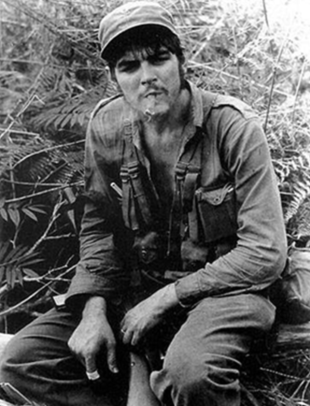 Only a few hours earlier, Gino had played a crucial part in allowing history to follow the course we know today: “Che” was seized by a violent asthma attack just after landing; he had no medication and none of the other comrades knew what to do. One of the greatest revolutionaries in history was one step away from death but Gino, who had gone through this before with his wife (who also had asthma,) was able to help him with an energetic chest massage that saved his life.
Only a few hours earlier, Gino had played a crucial part in allowing history to follow the course we know today: “Che” was seized by a violent asthma attack just after landing; he had no medication and none of the other comrades knew what to do. One of the greatest revolutionaries in history was one step away from death but Gino, who had gone through this before with his wife (who also had asthma,) was able to help him with an energetic chest massage that saved his life.The following days were very hard: during the battle of Alegria de Pio half of the “Granmistas” lost their lives and the survivors decided to split up and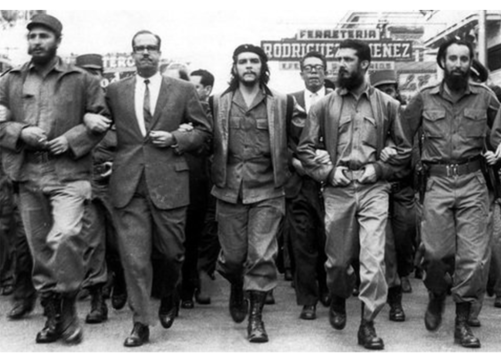 hide. Gino joined his wife in Trinidad. After the failed attack, however, the situation in the city had become very dangerous: Gino was now a wanted man and Fidel ordered him to leave the island with the first boat to the United States. Meanwhile, the Revolution continued with increasing success and in January 1959 Fidel Castro, his brother Raul and “Che” Guevara triumphantly entered La Habana.
hide. Gino joined his wife in Trinidad. After the failed attack, however, the situation in the city had become very dangerous: Gino was now a wanted man and Fidel ordered him to leave the island with the first boat to the United States. Meanwhile, the Revolution continued with increasing success and in January 1959 Fidel Castro, his brother Raul and “Che” Guevara triumphantly entered La Habana.
 hide. Gino joined his wife in Trinidad. After the failed attack, however, the situation in the city had become very dangerous: Gino was now a wanted man and Fidel ordered him to leave the island with the first boat to the United States. Meanwhile, the Revolution continued with increasing success and in January 1959 Fidel Castro, his brother Raul and “Che” Guevara triumphantly entered La Habana.
hide. Gino joined his wife in Trinidad. After the failed attack, however, the situation in the city had become very dangerous: Gino was now a wanted man and Fidel ordered him to leave the island with the first boat to the United States. Meanwhile, the Revolution continued with increasing success and in January 1959 Fidel Castro, his brother Raul and “Che” Guevara triumphantly entered La Habana.Gino had followed the final exploits of his comrades from afar and, despite having tried several times to return to Cuba, he did not succeed until 1995 when, thanks to a temporary easing of tensions between Cuba and the United States, he was officially invited to celebrate the 39th anniversary of the landing of the Granma.
Afterwards, he visited Cuba several times: in 2004, on the occasion of the May Day celebrations, he was decorated for his commitment and his role in the Revolution. In 2005 he travelled with a television crew that was shooting a documentary on 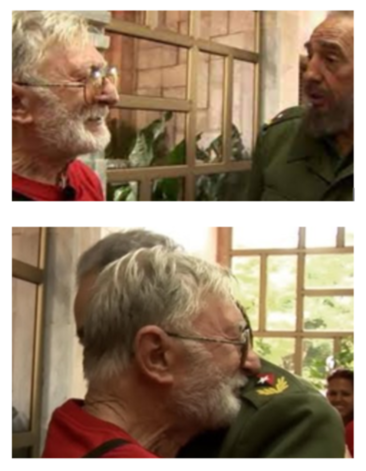 him, and on that occasion he had one of the last meetings with Fidel Castro: the two men hugged and kissed with affection and mutual respect. It was one of
him, and on that occasion he had one of the last meetings with Fidel Castro: the two men hugged and kissed with affection and mutual respect. It was one of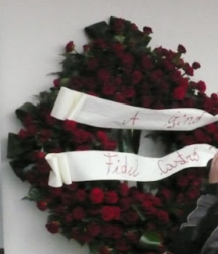 the last public appearances of Castro as “Lìder Maximo,” as well as one of Gino’s last trips to the land that had consigned him to history.
the last public appearances of Castro as “Lìder Maximo,” as well as one of Gino’s last trips to the land that had consigned him to history.
 him, and on that occasion he had one of the last meetings with Fidel Castro: the two men hugged and kissed with affection and mutual respect. It was one of
him, and on that occasion he had one of the last meetings with Fidel Castro: the two men hugged and kissed with affection and mutual respect. It was one of the last public appearances of Castro as “Lìder Maximo,” as well as one of Gino’s last trips to the land that had consigned him to history.
the last public appearances of Castro as “Lìder Maximo,” as well as one of Gino’s last trips to the land that had consigned him to history.Gino Donè Paro passed away on March 22nd, 2008, in San Donà di Piave. Hundreds of people attended the funeral of the only European revolutionary who’d sailed on the Granma, Italian partisan Gino Donè Paro. There was a delegation from Rome’s Cuban embassy, with four large wreaths of red roses from Fidel Castro, Raul Castro, the embassy and his surviving comrades.
(Translated and adapted from Gino Donè Paro: “L’italiano” tra Fidel Castro e Che Guevara)
Dal sito Prensa Latina:

